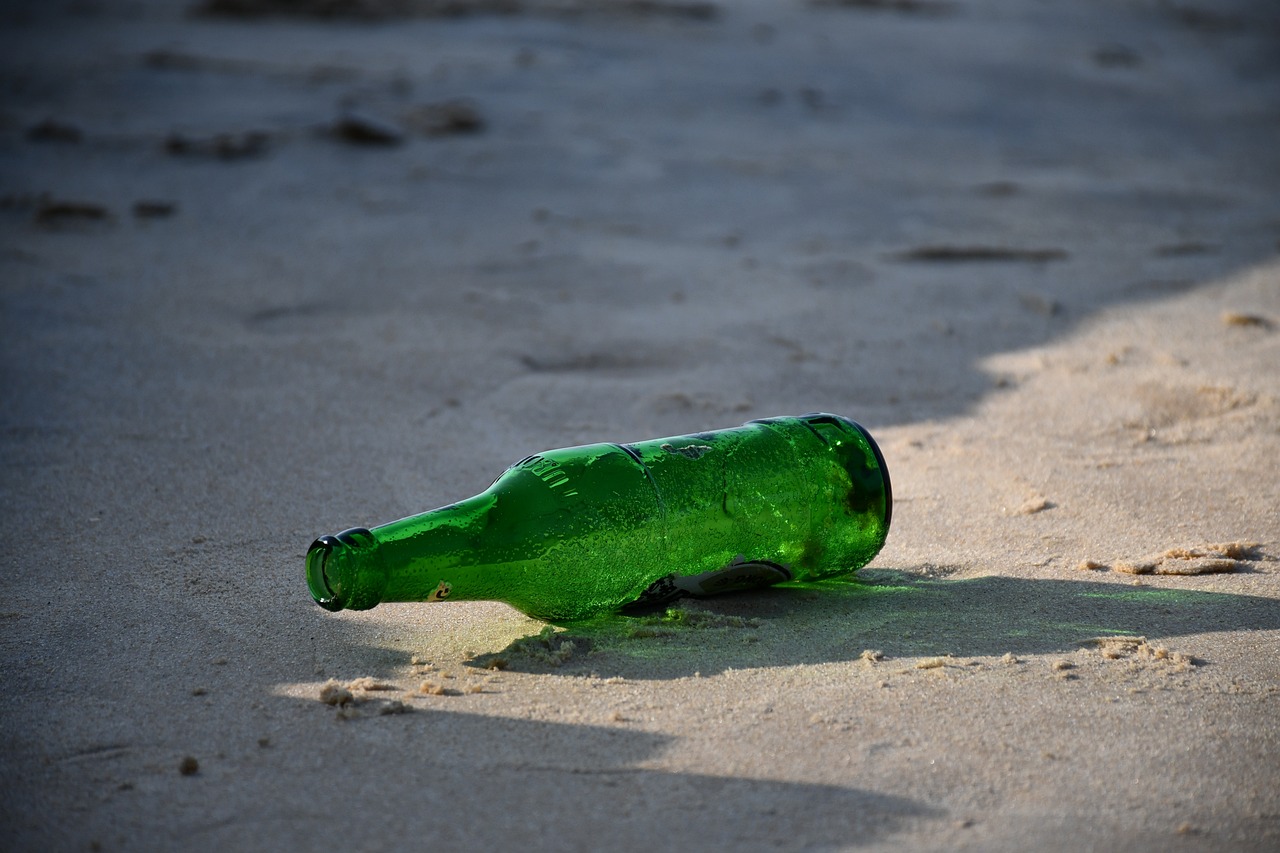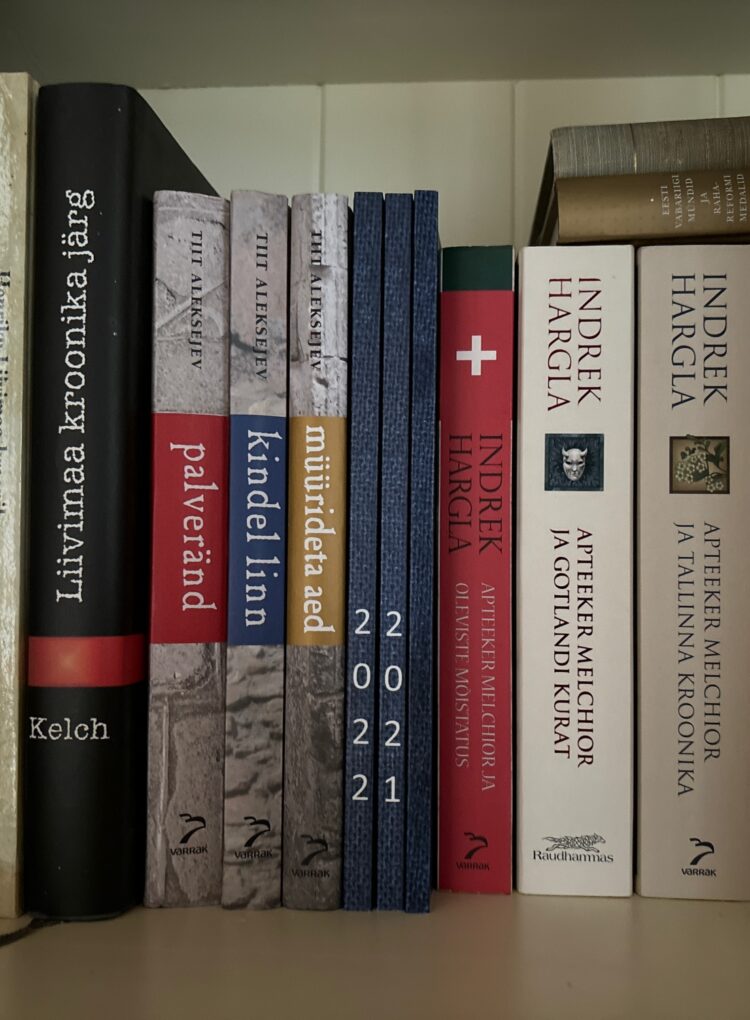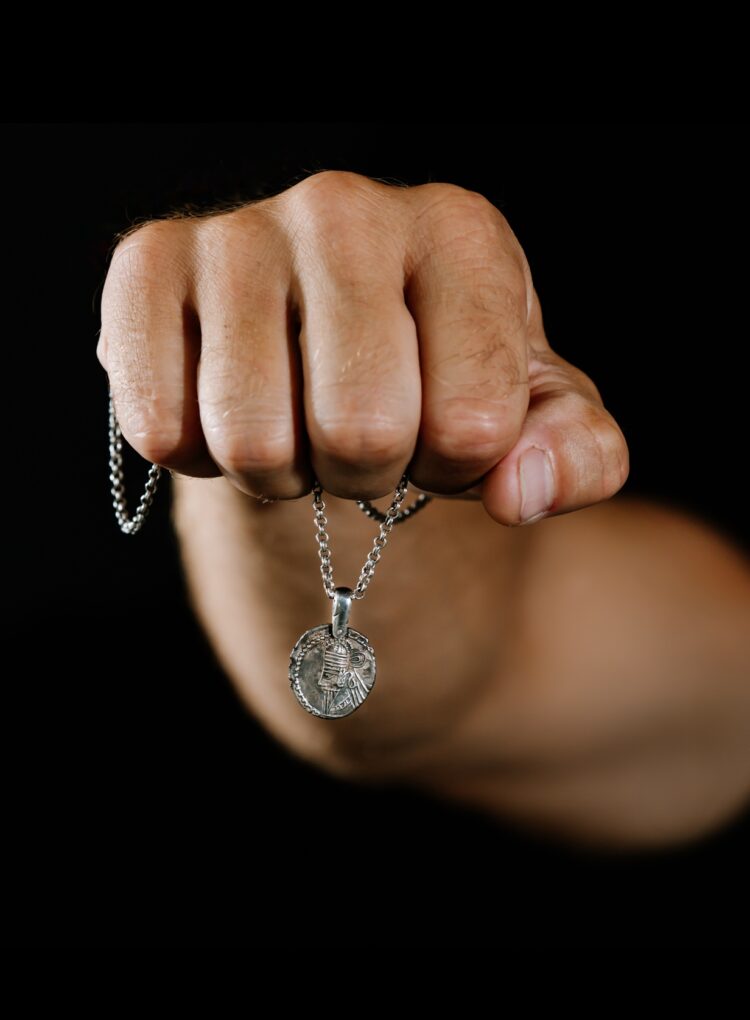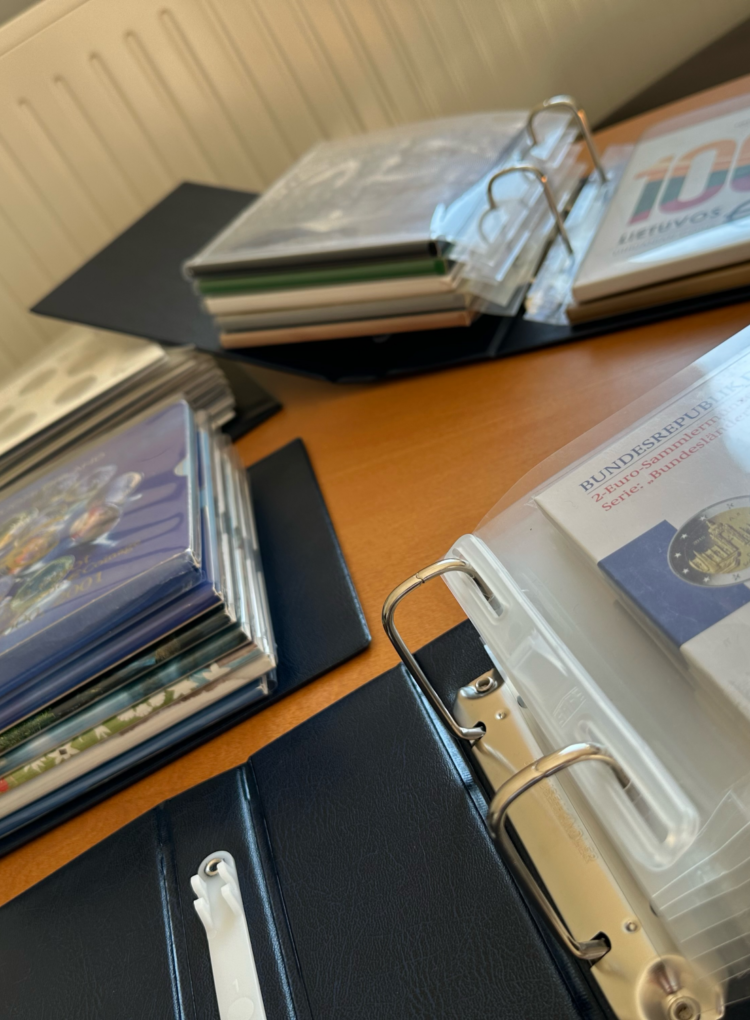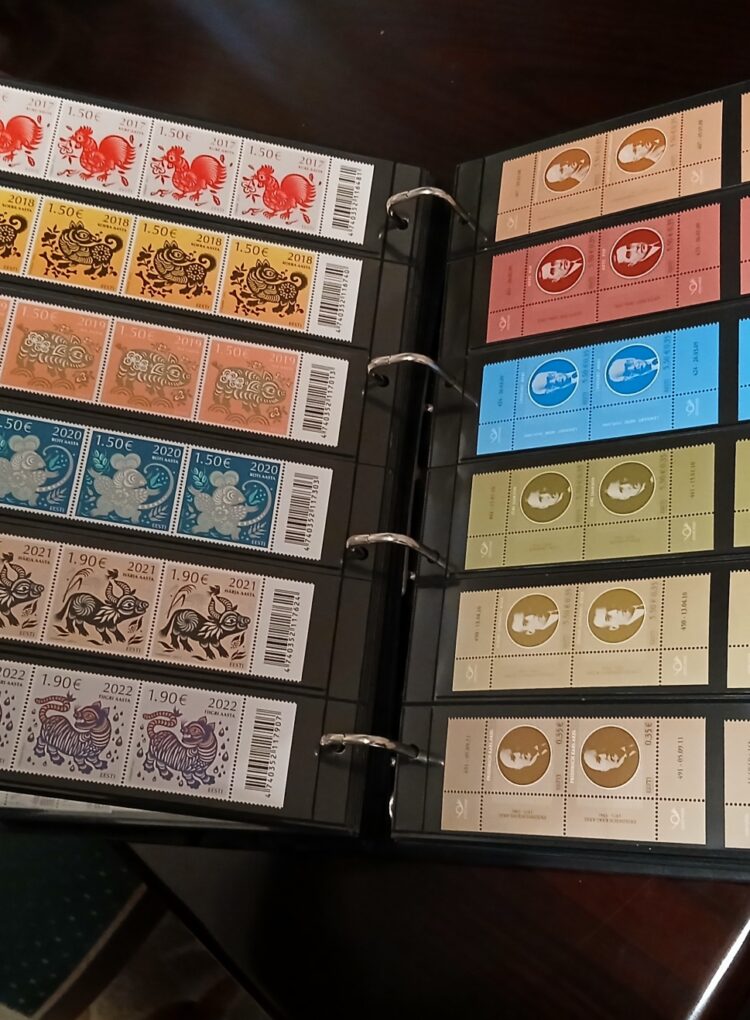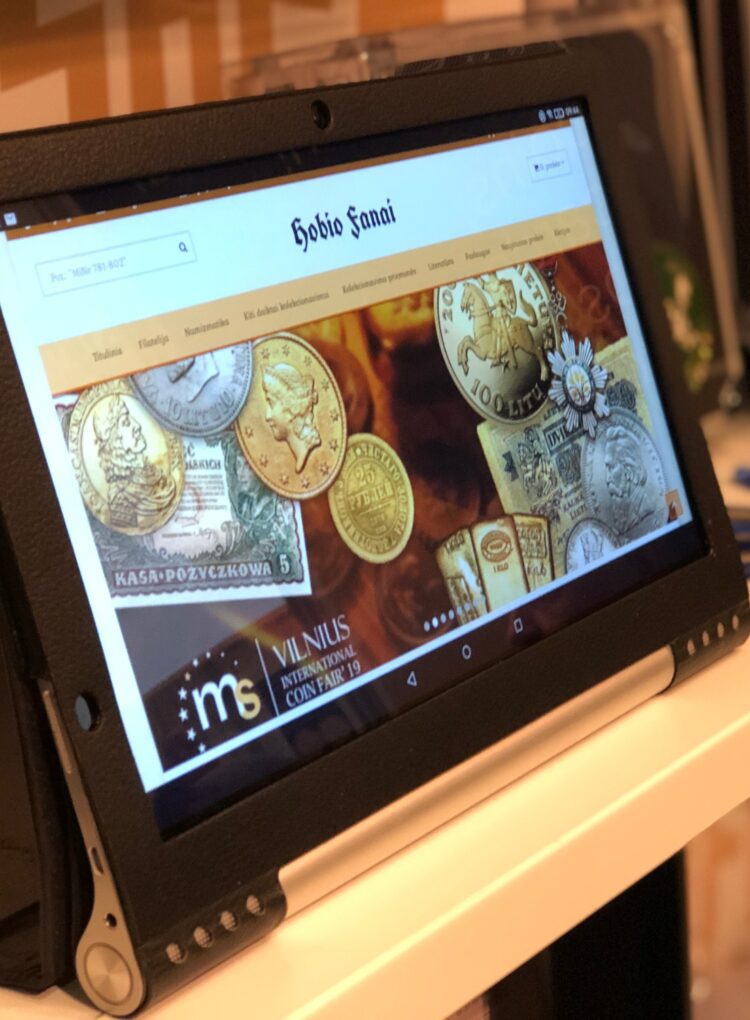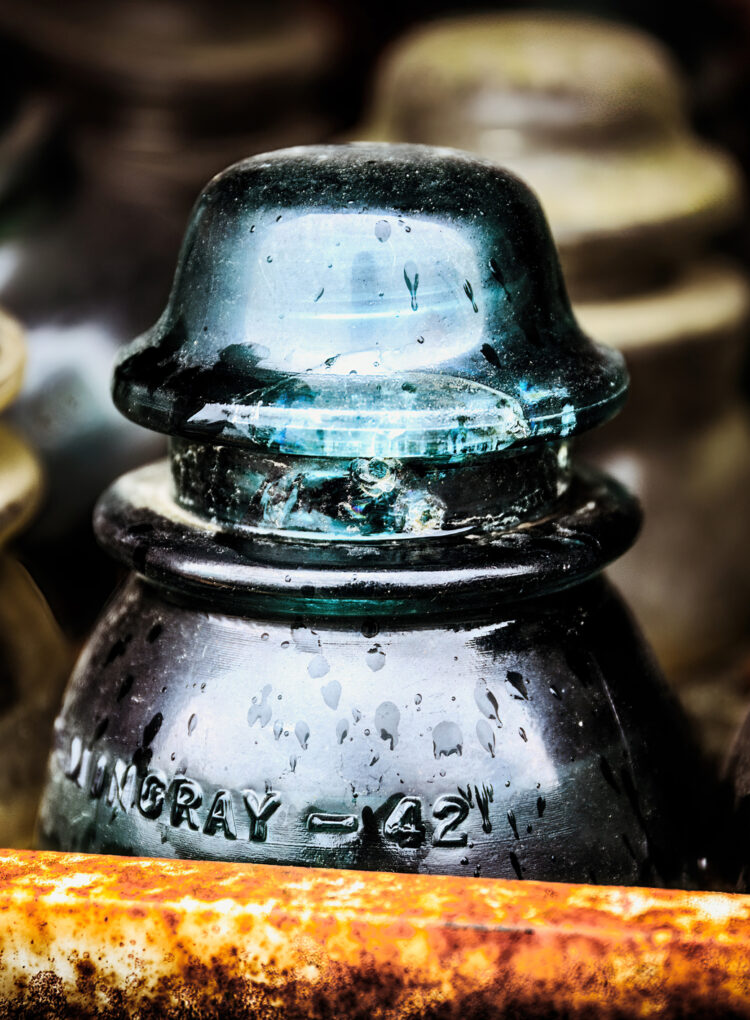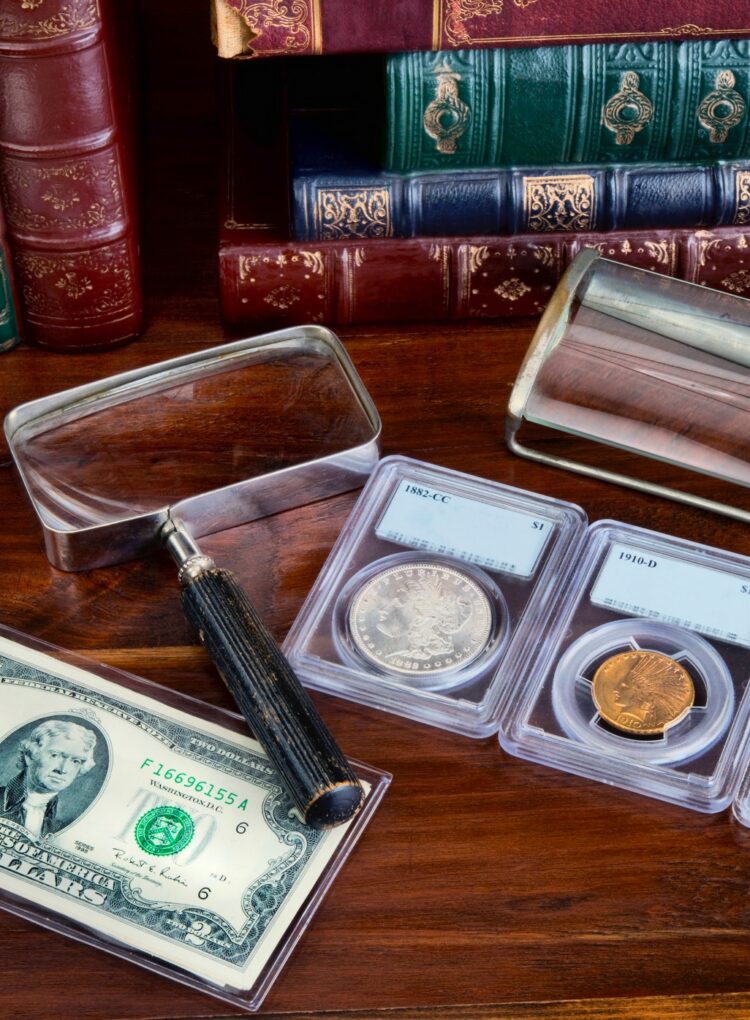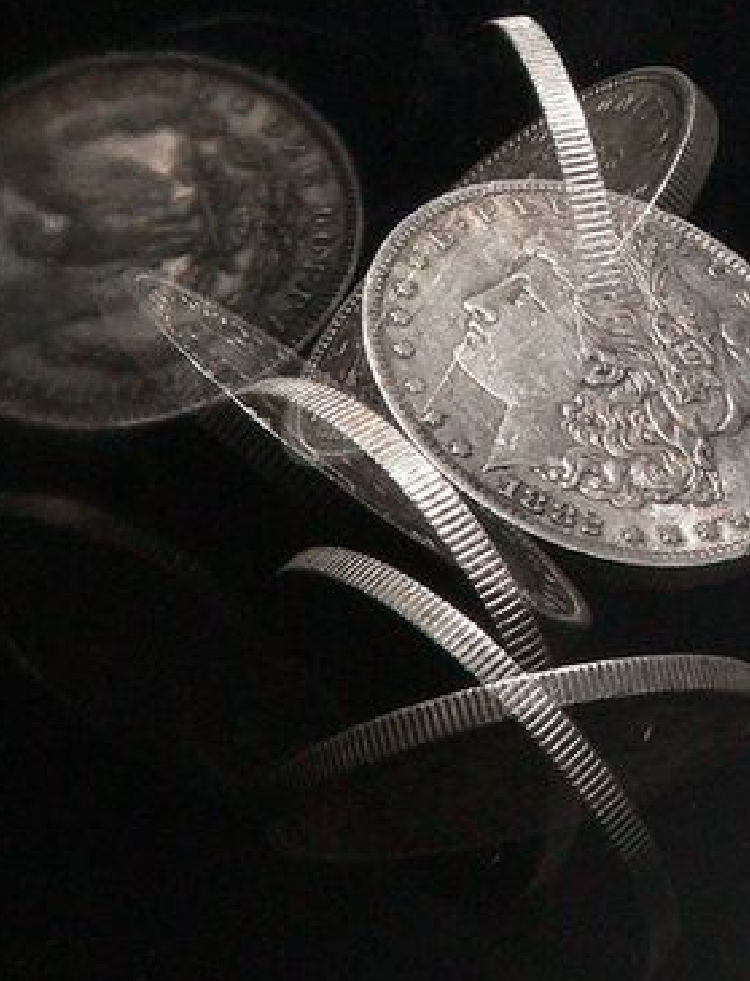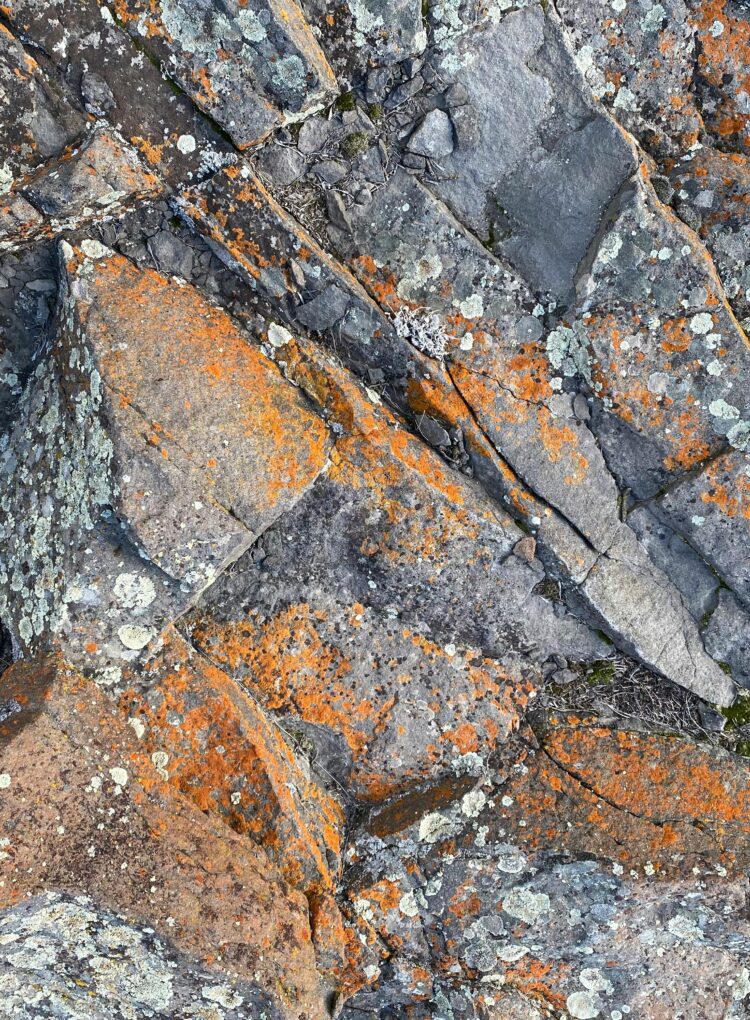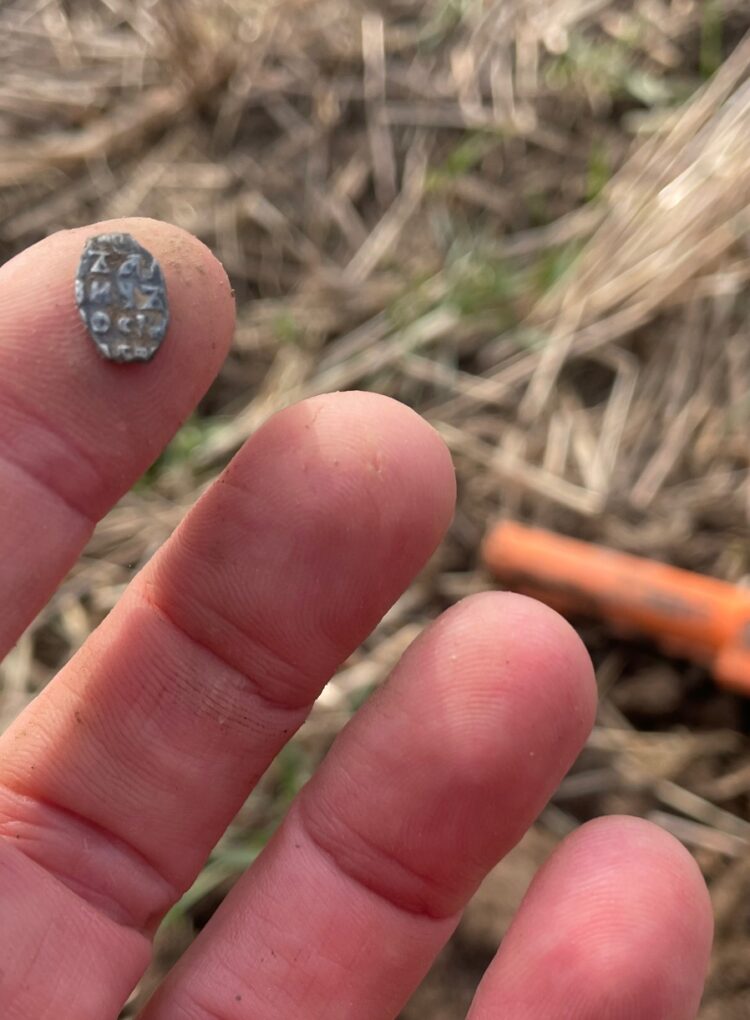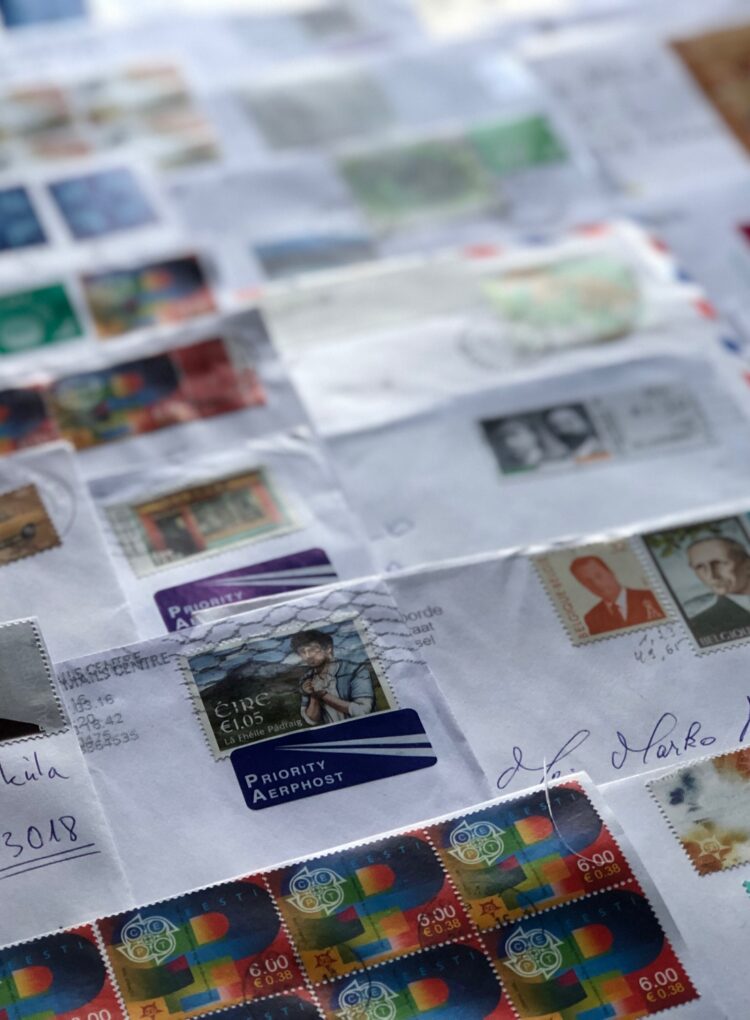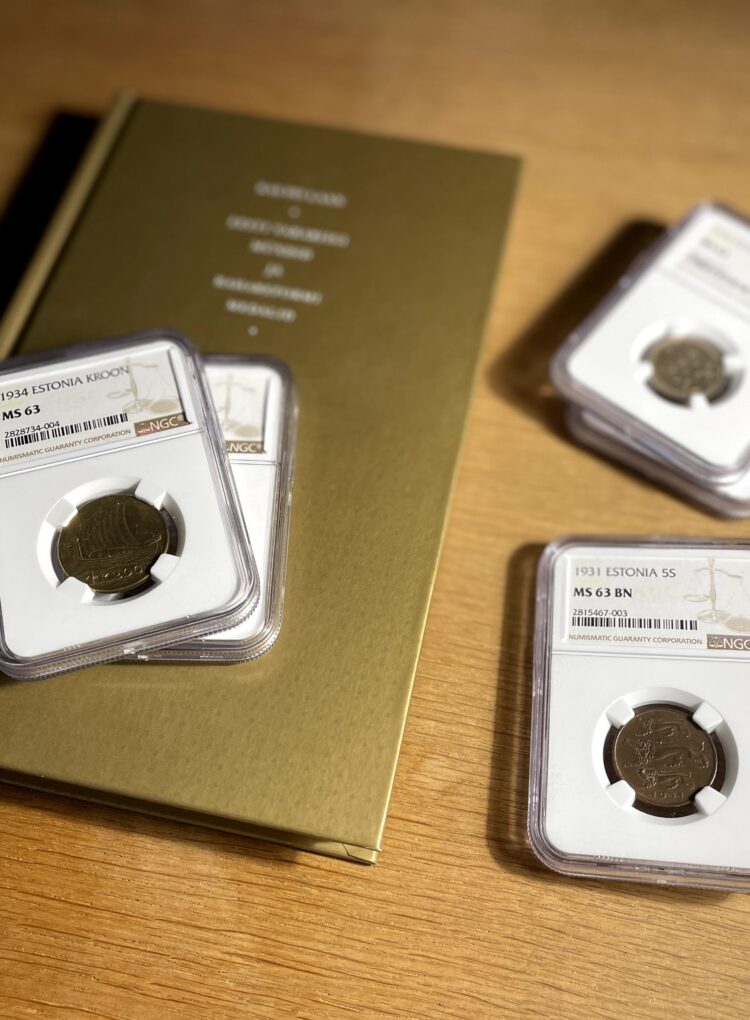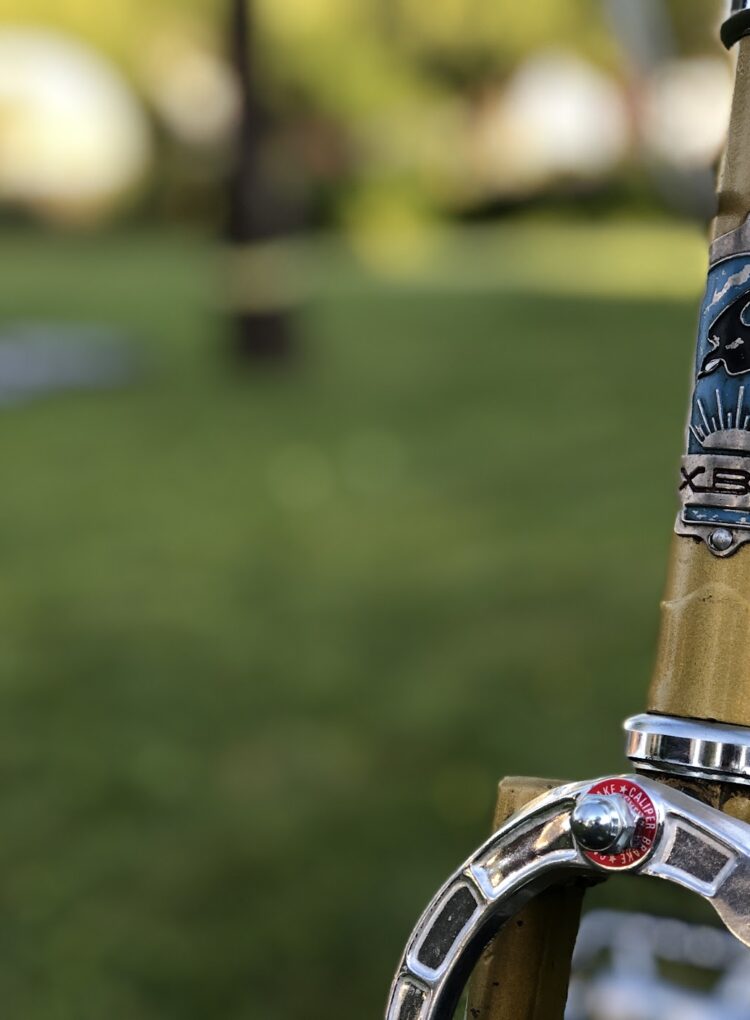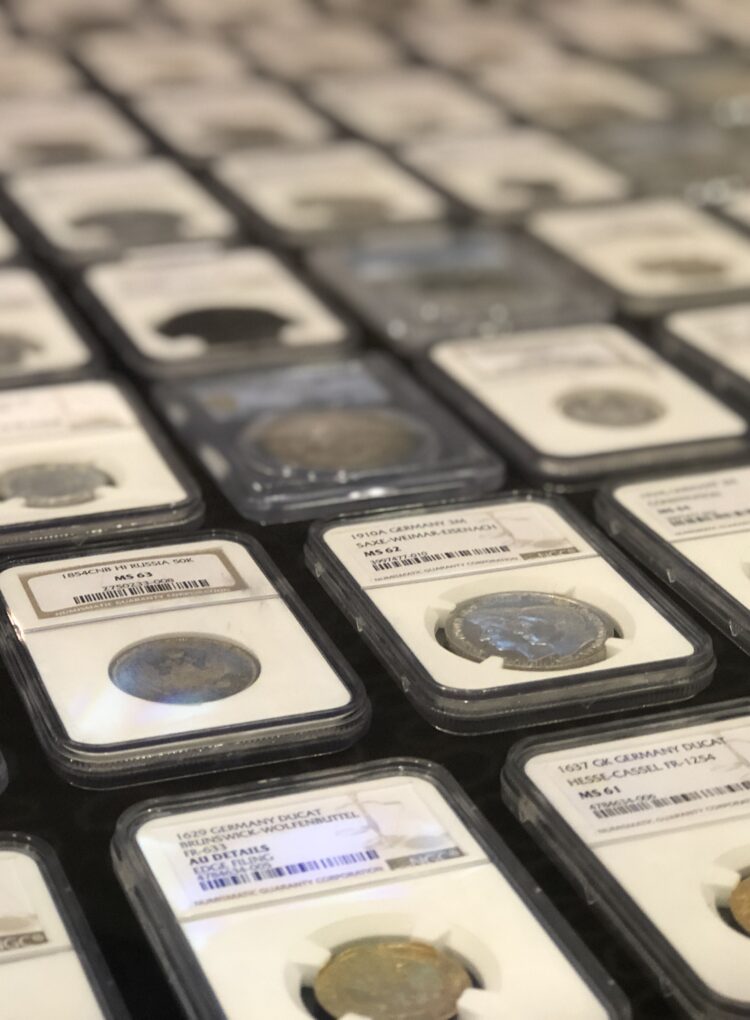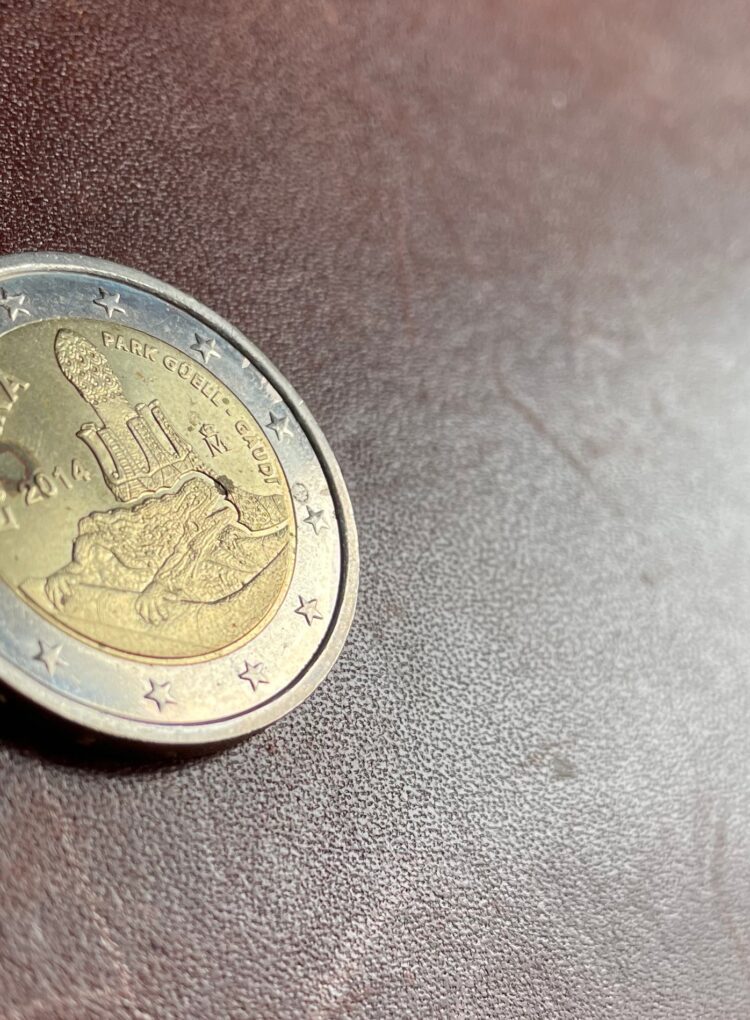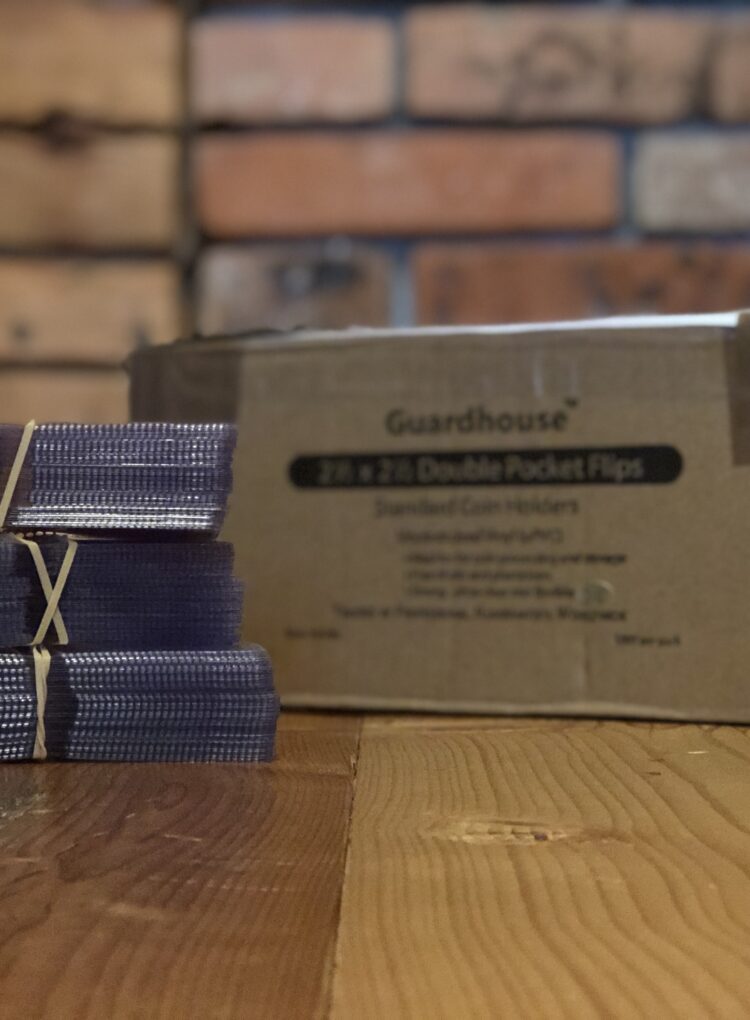What is sea glass?
The term sea glass refers to pieces of glass found by the sea, which have become smooth and matte due to the action of seawater, sand, and stones. Sea glass can originate from broken glass containers, bottles, or other glass objects that have been worn and polished over time as they move in the sea.
Sea glass goes by many names: sea glass, beach glass, mermaid tears, ocean glass, trash glass. It’s important to distinguish between sea glass and beach glass. Sea glass is the term used for glass from the ocean, while glass from freshwater sources is called beach glass. At least, that’s how it is in English terminology.
Man made it, nature perfected it!
Traditional gemstones (diamonds, rubies, emeralds) are made by nature and refined by humans. Sea glass is originally made by humans (bottles and jars), but perfected by nature.
Sea glass begins as discarded bottles and glass, which are first broken by waves and currents and then smoothed by abrasion. Nature acts like a large tumbler, recycling our pollution!
Supposedly, artificial or man-made sea glass rarely has the same qualities as true, natural sea glass. Authentic sea glass shows signs of being made by nature. For example, high-quality sea glass doesn’t have shiny spots; it is well frosted, and its edges are pleasantly and uniformly rounded.

Increasingly difficult to find
Strangely enough, sea glass is becoming increasingly difficult to find. One reason is the changing pattern of glass consumption, use, and handling. Essentially, sea glass represents discarded glass items or waste, which in recent decades has been replaced by plastic. And while pollution itself hasn’t disappeared but rather increased, the introduction of plastic affects the “stocks” of sea glass.
Another important factor affecting the availability of sea glass is time. Glass “becomes” sea glass in about 7-20 years of continuous exposure to waves. However, this process is ongoing, and if a piece of glass is not picked up “at the right time,” the sea will grind it into smaller pieces until it eventually disappears completely.
Where to find it?
You can find sea glass where people and water meet! The best place for this is the seashore, but also the shores of lakes or river estuaries. When walking on the beach, look for sea glass among the stones, shells, and other debris. The stronger the current or waves, the more likely you are to find high-quality sea glass.
Supposedly, higher water pH means that glass wears away (becomes smoother) more quickly, and the rockier and rougher the beach, the better sea glass ages.
Every beach can be completely different. It’s worth looking, for example, after 2-3 days of strong wind or a storm. Waves move sand and stones on the seabed, and when their strength decreases, sea glass released from under the stones can be found on the beach.
What to do with sea glass?
People often collect sea glass for its unique beauty and history. It can come in various colors, depending on the type and origin of the original glass. Crafts and decorations related to sea glass are also popular.
In Estonia, a student company called Sea Glass is engaged in making jewelry from sea glass. Their products can be found on Facebook, Instagram, or the yaga.ee platform.

Andres, on the other hand, collects sea glass. He describes his hobby as follows:
Hello! Nice to meet you! I am Andres, and I collect glass… sea glass.
It all started with collecting glassware and admiring and marveling at glass. Walking on the seashore, I noticed that sometimes there was quite a bit of sea glass. The decision was made – why not collect it! The first time, I picked up a pocketful. Later, I deliberately went to beaches to collect sea glass, with a small bag in hand. And in the meantime, I did online lobbying and searched for information about sea glass. There was, of course, a lot of it, but I gained more knowledge about this kind of collecting.
Some recommendations regarding such collecting…
- Look in “dirty” or uncared-for beaches.
- A beach that is sandy but has accumulated pebbles and other debris is a place where sea glass also gathers.
- There is more near settlements.
- Look after a storm, after significant waves.
- Go through the same section of the beach twice, as from a different angle, you may notice what you didn’t see before.
- Wear weather-appropriate clothing and sunglasses if necessary.
All my sea glass has been collected from the seashores of Tallinn. Favorite places are Stroomi Beach and the beach near Kopli Lines. These have given out the most sea glass. I have collected a bucketful of clear transparent sea glass, much less colored. I keep special fragments in a small bowl on my desk. And how much is there in total? I don’t know anymore! A million, but in any case, quite a few kilograms. Now, I’ve thought that the time spent searching for sea glass on the beach, well, it’s a lot when you engage with passion. And walking along the shores, I have covered quite a few kilometers.
You might ask, what is the ultimate purpose of all this! Well, there isn’t really one. I’ve simply linked my health walk with a pleasant pastime and hobby. I also plan to make a mosaic for the wall. And the beach gets a bit cleaner with a few glass shards.

Banner: Abhilash Jacob from Pixabay
This post is based on an article about sea glass published on bytheseajewelry.com.
